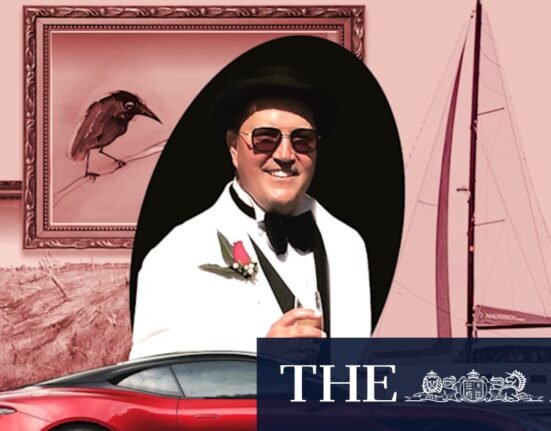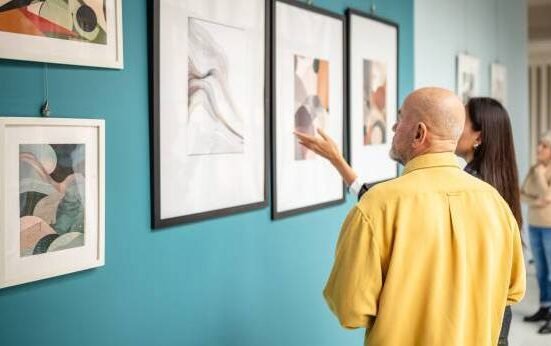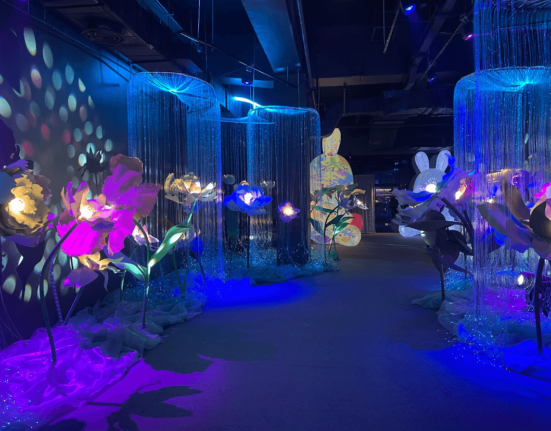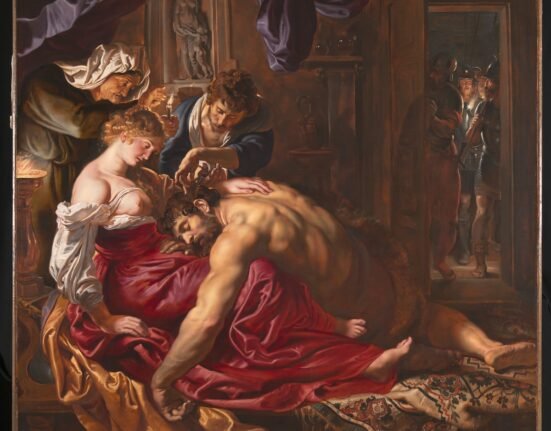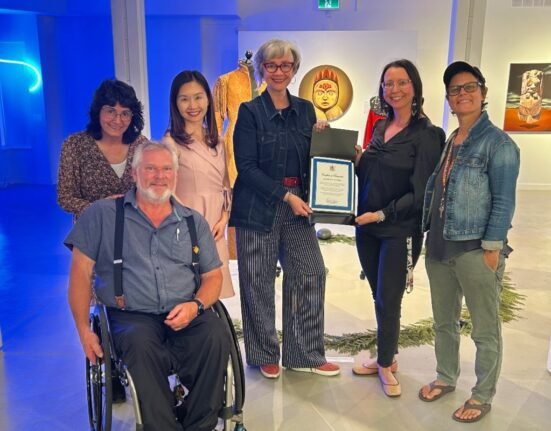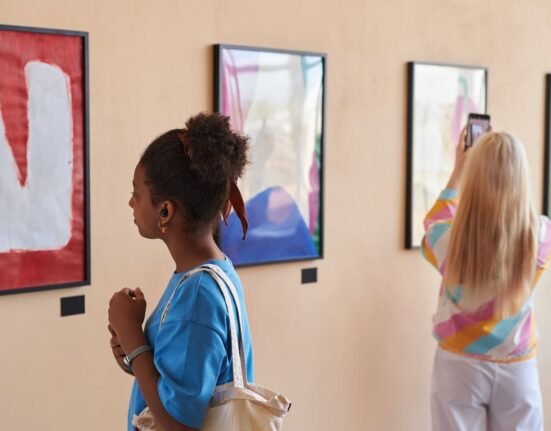In such a secretive marketplace, dealers are prized as much for their knowledge as their discretion. You need to know not just which artist is going up in value, but where the paintings are, who wants to buy and which collectors might be ready to sell. (Dealers talk of the three Ds that drive sales: death, debt and divorce.) Connections are everything; outsiders are shunned.
In that sense, Inigo Philbrick was the perfect fit. He grew up in Connecticut, steeped in the art world. His mother, Jane, is an artist. His father, Harry, is a well-known former museum director and CEO of the arts organisation Philadelphia Contemporary. Philbrick’s parents divorced acrimoniously when he was in his late teens. Inigo didn’t take it well. (Harry Philbrick, in a statement, said, “While Inigo and I have been estranged for nearly a decade now, I love him and want the best for him,” and that he hopes the situation “is resolved soon”.)
After graduating from high school, Philbrick enrolled to study fine art at Goldsmiths, whose alumni include Damien Hirst, Lucian Freud, Bridget Riley and the director Steve McQueen. In 2010, Philbrick landed an internship at White Cube, the prestigious London gallery owned by Jay Jopling, the most prominent gallerist in Britain. A thickly bespectacled, privately educated son of a former Conservative MP, Jopling’s clients include Hirst, Tracey Emin and Antony Gormley. Few have done more in shaping the last two decades of British art.
Philbrick proved to be a natural salesman. “He was young. He was smart. He had a brashness immediately,” says one former colleague. He had an intellectual charm and an aggressive competitive streak. If an artist was selling well, Philbrick would learn everything about them – the best paintings, who owned them, any upcoming shows. Rumours spread quickly, as they do in the art world, of Jopling’s new protégé. Less than two years after joining White Cube as an intern, Philbrick was suddenly sitting in the aisle at Christie’s evening sales, bidding for multimillion-dollar artworks on Jopling’s behalf. In 2012, when Jopling launched Modern Collections, a premium new secondary market gallery on Mayfair’s Mount Street, Philbrick was named a codirector of the business.
“His meteoric rise was incredible,” Rob Sheffield, who runs the art agency Sheffield & Wang, told me.
The market for young contemporary artists was booming and as sales grew so did Philbrick’s ambition. Little more than a year after Modern Collections’ opening, Philbrick decided to launch his own gallery, with Jopling’s financial backing. Philbrick even kept the same Mount Street space and gallery staff. Though the sign outside said Inigo Philbrick, the connection was clear. “The word on the street was that Jay was the silent partner,” says a local dealer. The revamped space opened that autumn, with a widely acclaimed exhibition of the American artists Joe Bradley and Sterling Ruby.
(In a statement, Jopling said he was “shocked” and “enormously disappointed” by the allegations made against Philbrick and had applied for a legal injunction against him “to protect my interests”. He refused several interview requests for this story, citing confidentiality restrictions imposed by the High Court in London.)
Philbrick had sold shares of paintings at Modern Collections, but at his own gallery he began to participate in increasingly elaborate financial deals. To advise on the transactions, he turned to Rob Newland, a director at White Cube who had worked in the finance department. (According to Companies House records, Newland left White Cube in 2015. There is no suggestion of wrongdoing on his part.) For a time, Philbrick seemed to have a gift for playing the market. Like gallerists, secondary dealers are storytellers; an important part of the trade is to build the profile of their artists among collectors and in the press. One technique is to acquire pieces by artists ahead of high-profile museum shows, then use the resulting press coverage and attention to turn a quick profit. (One dealer referred to this practice as “pump and dump”, a reference to a form of securities fraud.) The new gallery began to specialise in certain artists – Stingel, Wool, Guyton, Mike Kelley – who were seeing their prices and reputations soar. Fellow dealers jealously recalled his ability to source difficult-to-find paintings or works that had only recently come on the primary market. “He talked about major US collectors as if they were close personal friends,” says a rival Mayfair dealer.


